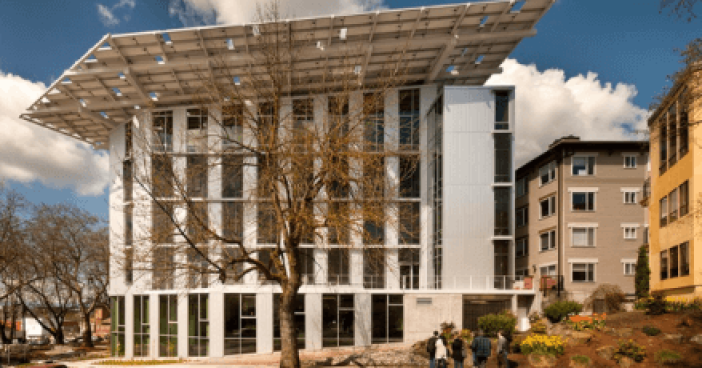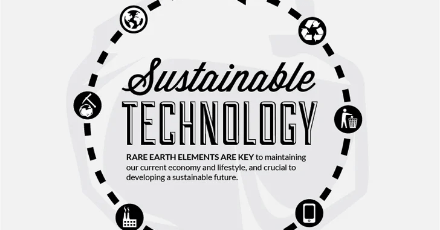What makes a building green? There are several factors that can contribute to making a building “green”, or environmentally friendly. This can range from how the building is positioned in relation to the sun, to the efficiency of the faucets and toilets within the building. This article takes a look at the Bullitt Center, a commercial office building located in the Central District neighborhood in Seattle, Washington, and deemed to be the “greenest” of them all.
The Bullitt Center was designed to be the most environmentally friendly commercial building in the world, and it fittingly had its grand opening on Earth Day, April 22, 2013. As such, the six-story, 50,000 square foot center satisfies all of its own energy, water and waste needs, making it the largest and first commercial building to target Living Building certification—the most ambitious benchmark of sustainable design in the built environment.
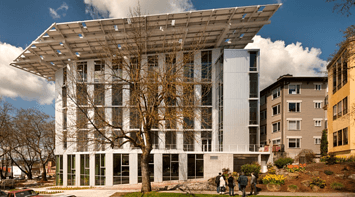 To be certified as a Living Building, a structure must prove to be self-sufficient for water and energy for at least 12 months. In addition, it has to meet the standards for green materials and quality of the structure’s indoor environment. Furthermore, the Living Building Challenge requires a project to meet 20 specific requirements in seven areas of performance. The imperatives that the Bullitt Center will meet are briefly reviewed below:
To be certified as a Living Building, a structure must prove to be self-sufficient for water and energy for at least 12 months. In addition, it has to meet the standards for green materials and quality of the structure’s indoor environment. Furthermore, the Living Building Challenge requires a project to meet 20 specific requirements in seven areas of performance. The imperatives that the Bullitt Center will meet are briefly reviewed below:
-
- Site: The site’s location supports alternative modes of transportation, including a pedestrian, bicycle and transit-friendly lifestyle.
- Water: Rainwater will be collected on the roof and stored in an underground cistern for the use of building occupants.
- Energy: A solar array will generate electricity so that no outside electricity will need to be used.
- Health: The building will promote occupant health by providing stairways and operable windows which will allow occupants to control fresh air flow.
- Materials: The building will not contain any “Red List” hazardous materials that are commonly found in building components, such as PVC, cadmium, lead, mercury and hormone-mimicking substances.
- Equity: The building includes large operable windows which will offer fresh air and daylight to all who work in the center.
- Beauty: Contemporary architecture, an innovative photovoltaic array, green roof, native plants, large structural timbers and a revitalized neighboring pocket park will help to improve the surrounding streetscape.
Lighting Design
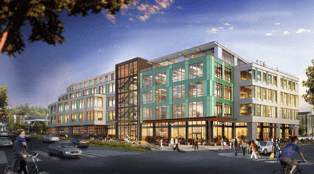
Ninety percent of the time, sunlight will illuminate the interior of the Bullitt Center, while electrical lighting is kept to a minimum through the use of manual dimming controls, occupancy sensors and photocells. Occupancy sensors automatically turn lights and computers off in unoccupied areas. Additionally, using task lighting augments the illumination naturally provided by daylight while lessening the need for artificial ambient lighting. These innovative designs reduce the amount of electricity used while maximizing the use of natural light.
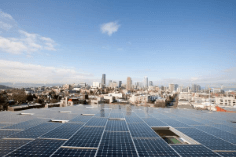 The Bullitt Center includes a low slope array of solar panels, which is focused on energy collection during the summer. The low-slope design allows more solar panels to be installed in the available area. Although this design hampers the energy production of the solar panels, the high efficiency of the panels allows the maximum possible production of energy. The roof of the Bullitt Center holds 575 photovoltaic panels, with each panel producing 425 watts. Accordingly, energy that is not used by the building is passed to the utility grid—a process known as Net Metering.
The Bullitt Center includes a low slope array of solar panels, which is focused on energy collection during the summer. The low-slope design allows more solar panels to be installed in the available area. Although this design hampers the energy production of the solar panels, the high efficiency of the panels allows the maximum possible production of energy. The roof of the Bullitt Center holds 575 photovoltaic panels, with each panel producing 425 watts. Accordingly, energy that is not used by the building is passed to the utility grid—a process known as Net Metering.
How can the Bullitt Center’s approach to green building design apply to residential living?
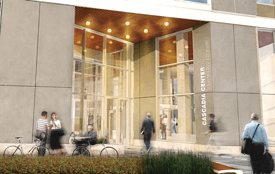 The Bullitt Center is a commercial development; however some of the same design approaches can be replicated by homeowners to reduce their impact on the environment. For example, the use of task lighting at desks and workspaces means that one doesn’t need to light the entire room to get their work done.
The Bullitt Center is a commercial development; however some of the same design approaches can be replicated by homeowners to reduce their impact on the environment. For example, the use of task lighting at desks and workspaces means that one doesn’t need to light the entire room to get their work done.
Although it may not be practical to install occupancy sensors at home, getting into the habit of turning off lights when leaving a room will help reduce energy waste. Also, solar panels are an increasingly affordable option for homeowners as solar technology advances and prices drop.
By taking the standards of the Living Building Challenge into the mainstream, the Bullitt Center hopes to bring sustainable ideas into the general marketplace, making this type of project a standard in the future.
To learn more about how to account for your current energy consumption and reduce your environmental impact use, contact FirstCarbon Solutions:

